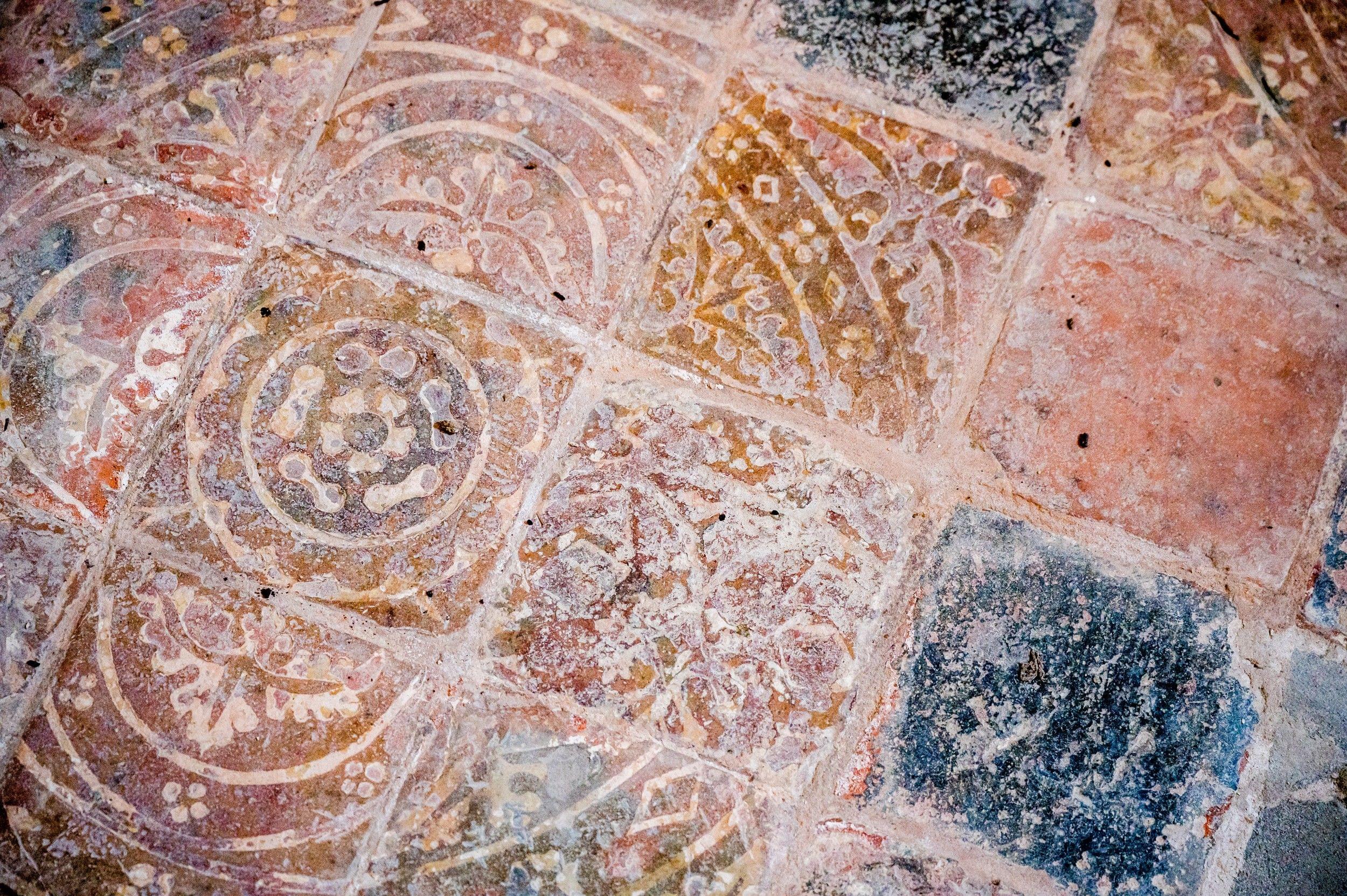St Peter & St Paul
Kettlethorpe, Lincolnshire
On this site Katherine Swynford, mistress of John of Gaunt, lived and worshipped, come and find our about their famous love affair and court scandal at the Katherine exhibition.

The church is of Norman origin but has undergone considerable changes to its layout over the years.
Newton on Trent, Lincolnshire
It appears to have begun as a Saxon church but was rebuilt, probably in the early 12th century as a traditional Norman church with a narrow nave and chancel with west tower. A north aisle was added during the Early English period when the church was given by the Bishop of Lincoln to the Gilbertine Priory of St Katherine without Lincoln. The influence of this connection can be seen in the quality of the aisle arcade capitals, two of which can be matched to a mason working on Lincoln Cathedral. The west doorway dates from the same period. The upper storey of the tower was added around 1600, and the battlements appeared in 1875. The first 19th century restoration in 1818 was the work of Cayley Illingworth, Archdeacon of Stow, who had a reputation as a 'pompous and ignorant wrecker of churches'. It resulted in the removal of the aisle, the arcade being blocked up, the replacement of Decorated period windows in the south wall with the plain windows that exist today. A fine set of 15th century pews were destroyed at the same time; the remaining fragments still on show today survived only because were used as packing in the repairs to the roof. Box pews, a balcony and a triple decker pulpit were installed at this stage reflecting the current liturgical practices. A second restoration in 1878 saw these early 19th century fittings removed, and replaced by standard Victorian pine pews and a new pulpit. The north aisle was rebuilt on the existing medieval foundations and the arcade opened up again. The vestry, built in 1863, was moved to its present position on the north side of the chancel at this time. A finely traceried oak screen was inserted in the tower arch in 1937 in memory of George Clark. The most recent changes, in the early part of the 21st century saw the church modified for use as a general purpose hall for the village. The Victorian pews in the nave were replaced by movable chairs, and kitchen, toilet and meeting room created within the north aisle. The chancel retains its liturgical layout with choir stalls and sanctuary. West of the village, between it and the Trent, is the site of a Roman fort. It was discovered in 1962, and probably dates from the Claudian period. The area enclosed is likely to have been at least 30 acres. Classified as a vexillation (smaller) fortress, it is an ancient scheduled monument and would have housed a half legion.
Kettlethorpe, Lincolnshire
On this site Katherine Swynford, mistress of John of Gaunt, lived and worshipped, come and find our about their famous love affair and court scandal at the Katherine exhibition.
Torksey, Lincolnshire
St Peter's dates from the 12th century with later extensions, have an interesting font with a Spode font basin that was installed in 1814 and the front of the altar is formed from the tomb stone of the last abbess of Torksey.
Saxilby, Lincolnshire
The church of St Botolph is of considerable interest since it has indications of building in four different architectural styles over a period of some 900 years.